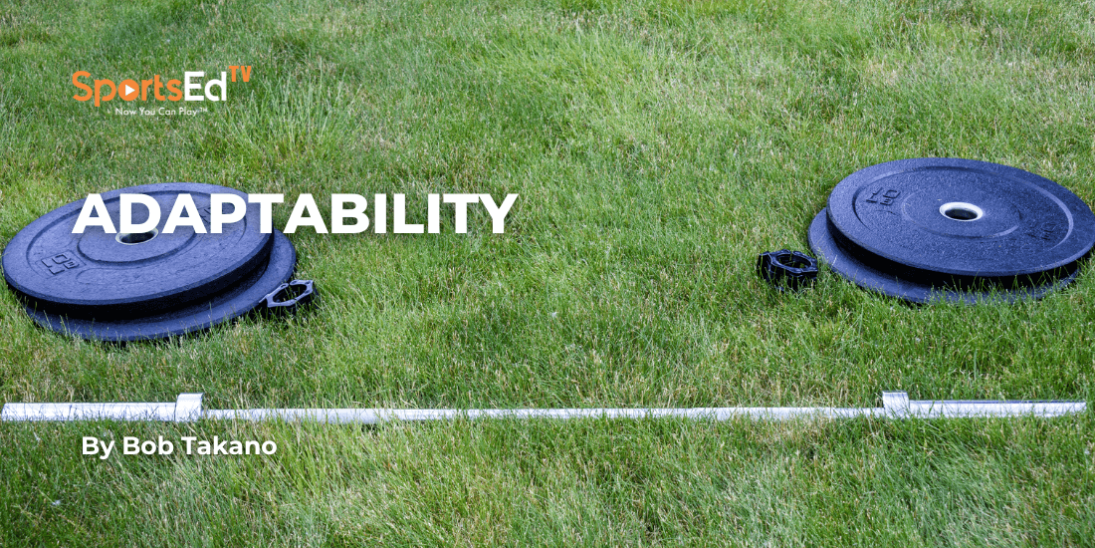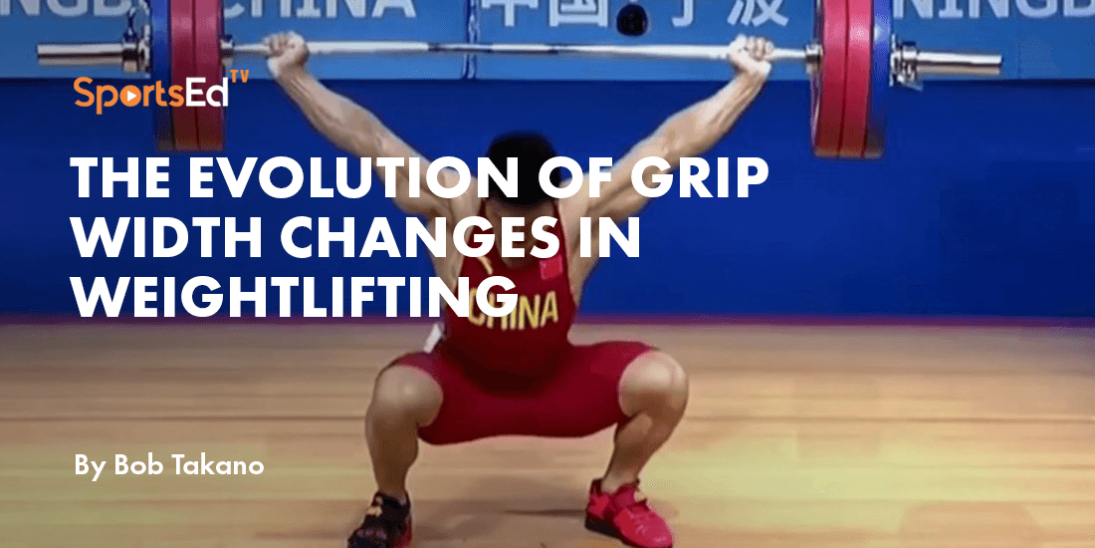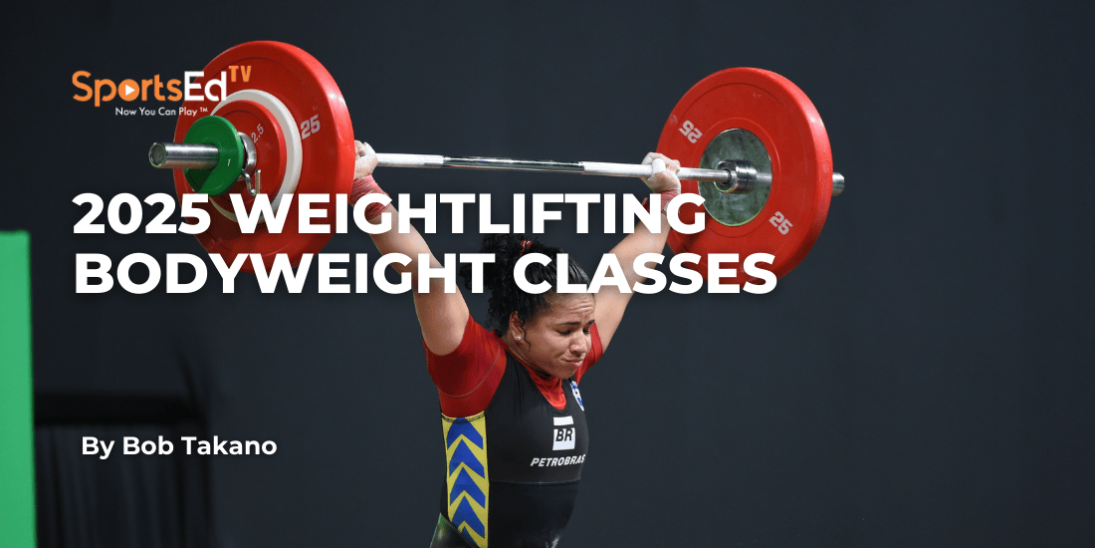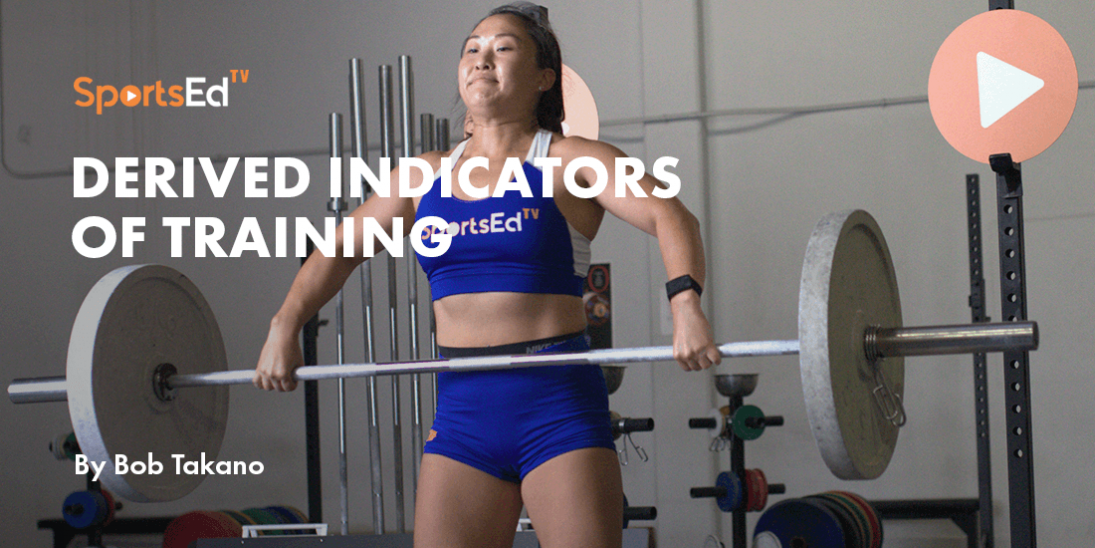Weightlifting
Welcome and thanks for visiting...

Why Adaptability Matters in Weightlifting

Adaptability is a vital quality for successful weightlifters. If you are one of those individuals who needs to have everything perfect in order to succeed, you will rarely find yourself at the top of the medal stand. At a major competition such as the world’s or continental championships, nearly everyone in the top 10 is a talented, determined, skilled competitor. One of the sorting factors, however, may be adaptability. I’ve been involved in the organization of two Olympic Games weightlifting competitions, and there were always small imperfections among the many details that needed attention. The champions adapt to them.
Training in Imperfect Conditions
Weightlifters around the world train in a variety of conditions. Not all of them are wonderful. There is always some damaged equipment. Most administrators who design weightlifting gyms are looking for them to be functional and not luxurious, even for elite national teams. I’ve only been in one dedicated weightlifting gym that had air conditioning (in Perth, Australia). The rest just required lifters to deal with heat as best they could. The Bulgarian National Training facility in Varna was a ballroom in a dilapidated hotel with stacks of broken plates. The Olympic Training Center for Mexico was functional but not what you’d expect for Olympic-level athletes.
When Equipment Fails—Champions Adjust
Shortcomings are not limited to training facilities either. At the 1984 Games, where I served as assistant Training Hall manager, nearly all the 15 kg bumpers had their hubs broken out. I’ve seen competition platforms damaged during the meet and needed to be repaired. At the 1990 Women’s World Championships, Eleiko failed to ship 10 kg bumpers, and all the lighter snatches had to be performed with 10 kg metal plates, which were less than the standard 45 cm diameter. Fortunately, our 44 kg lifter, Sibby Harris, was a tough competitor, and substandard equipment didn’t keep her from medaling.
Legendary Moments of Adaptability
An even greater scandal took place at the 1982 Junior Worlds in Sao Paolo. The official in charge of ordering the barbells for the competition left town with the money, and the organizing committee had to scramble and put together enough barbells with metal plates until Eleiko could ship some substitute weights. This meant that the 52 and 56 kg classes competed on metal plates and less than elite bars. Naim Suleymoglu rose to the occasion and set 3 junior world records in the 52 kg, and Albert Hood set 3 American junior records in the 56 kg. Both lifters were tough and adaptable.
Coaching Mental Toughness and Flexibility
If you are a coach, some of your lifters are just naturally tough and adaptable. They will rise to the occasion. Others, however, may not understand the necessity for these qualities. It will then be your task to develop toughness and adaptability in all your lifters. This will largely be done by promoting these qualities as part of the culture of your team.
Build the Mindset of a Champion
Rip a callus? Rub some chalk on it and keep lifting. Can’t lift on your favorite platform? Go lift on another one. The training partner didn’t show up? Train harder. The champions don’t need perfect conditions — they create success despite the obstacles. Adaptability isn’t about lowering standards; it’s about raising your ability to meet the moment, no matter the challenge. That mental toughness separates those who merely train from those who compete — and those who compete from those who win. The bar doesn’t care if you're tired, sore, or frustrated. Neither do your competitors. Champions embrace discomfort, adjust on the fly, and refuse to make excuses. That’s the mindset you must build — and live by.








